Internal energy, integrity and painting structure
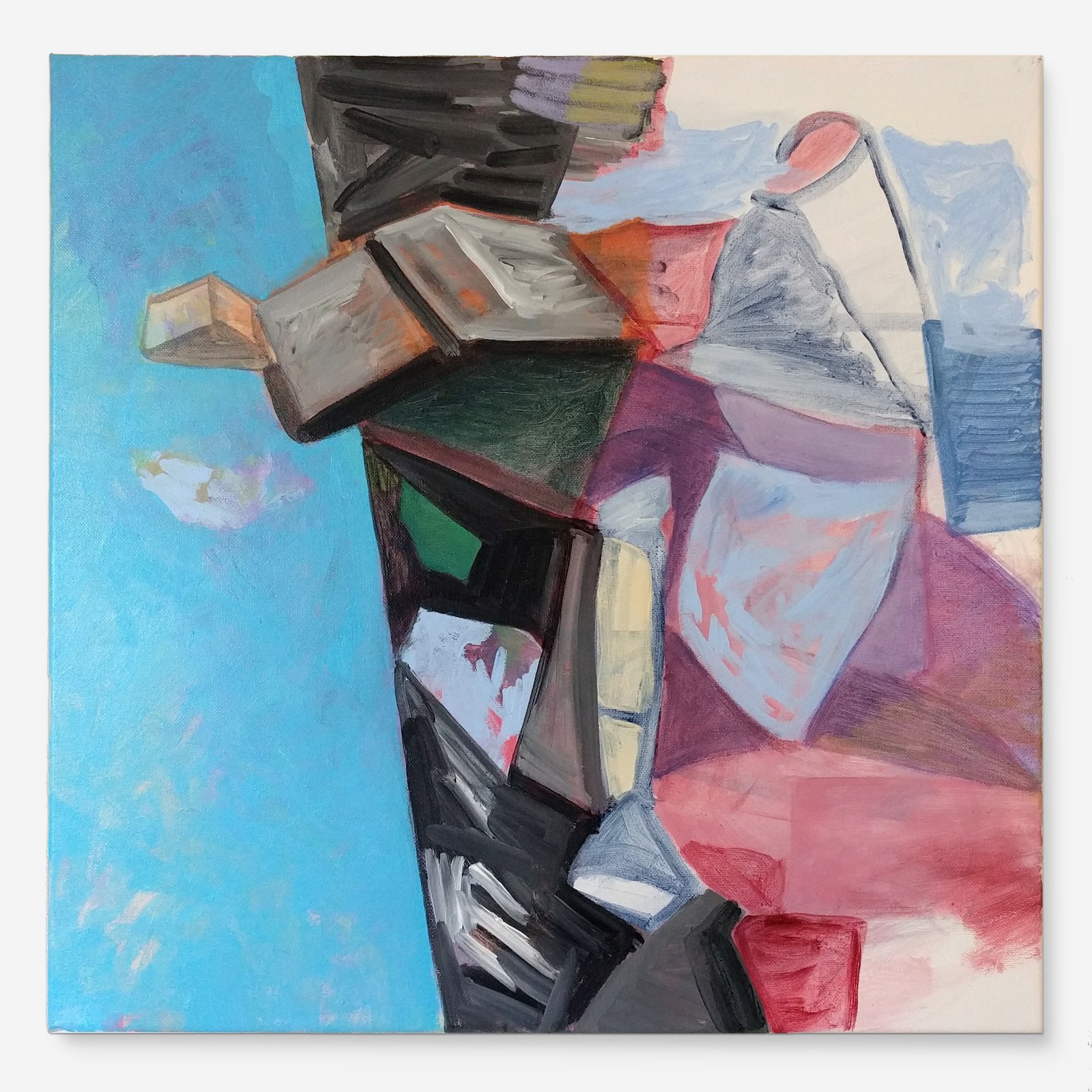
Clutter – work in progress – 14 September 2018
The painter Alex Katz talks of paintings having their own internal energy. Imi Knoebel refers to works having (or lacking) integrity. Somewhere along the way I was taught good painting has it’s own internal logic.
As Clutter develops I’m increasingly aware of this logic. The various angles created by the forms combine with the direction of the brush marks to build the work’s structure. I’m not thinking about composition per se but how these forms interrelate.
Colour relationships play their part too. I’m particularly liking the lilac and green at the centre top of the work. The black is mostly working but not yet with the right hand side of the painting. There’s more to be done (on the right hand side) and I’m wary of losing the subtlety of the existing paintwork.
Along with structure and palette, the speed, turn and scale of brush marks, the paint texture – rough or smooth, wet or dry, flat or scumbled – all contribute to the internal logic of a work. The challenge in painting is to combine these (and other elements) to create a coherent gestalt.
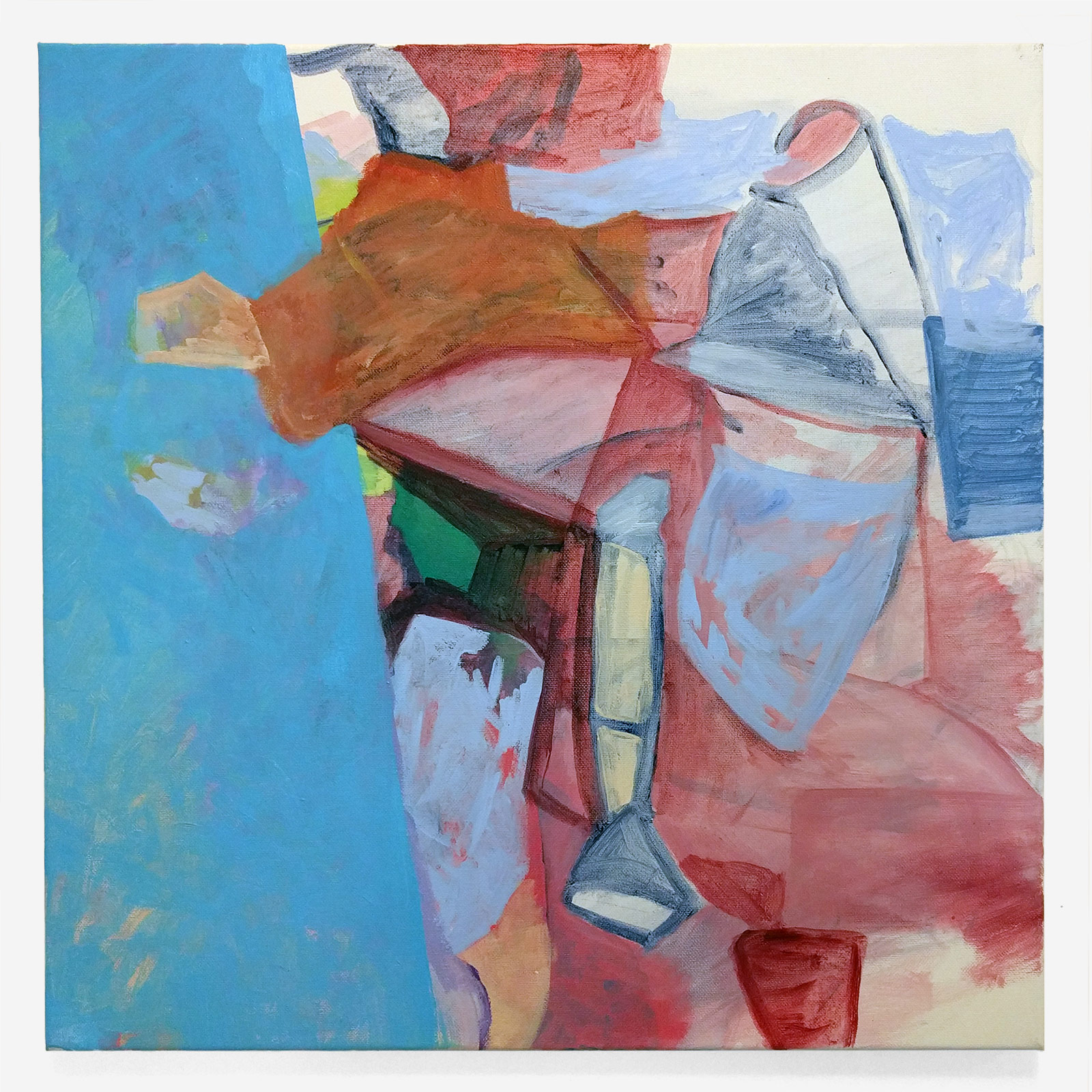

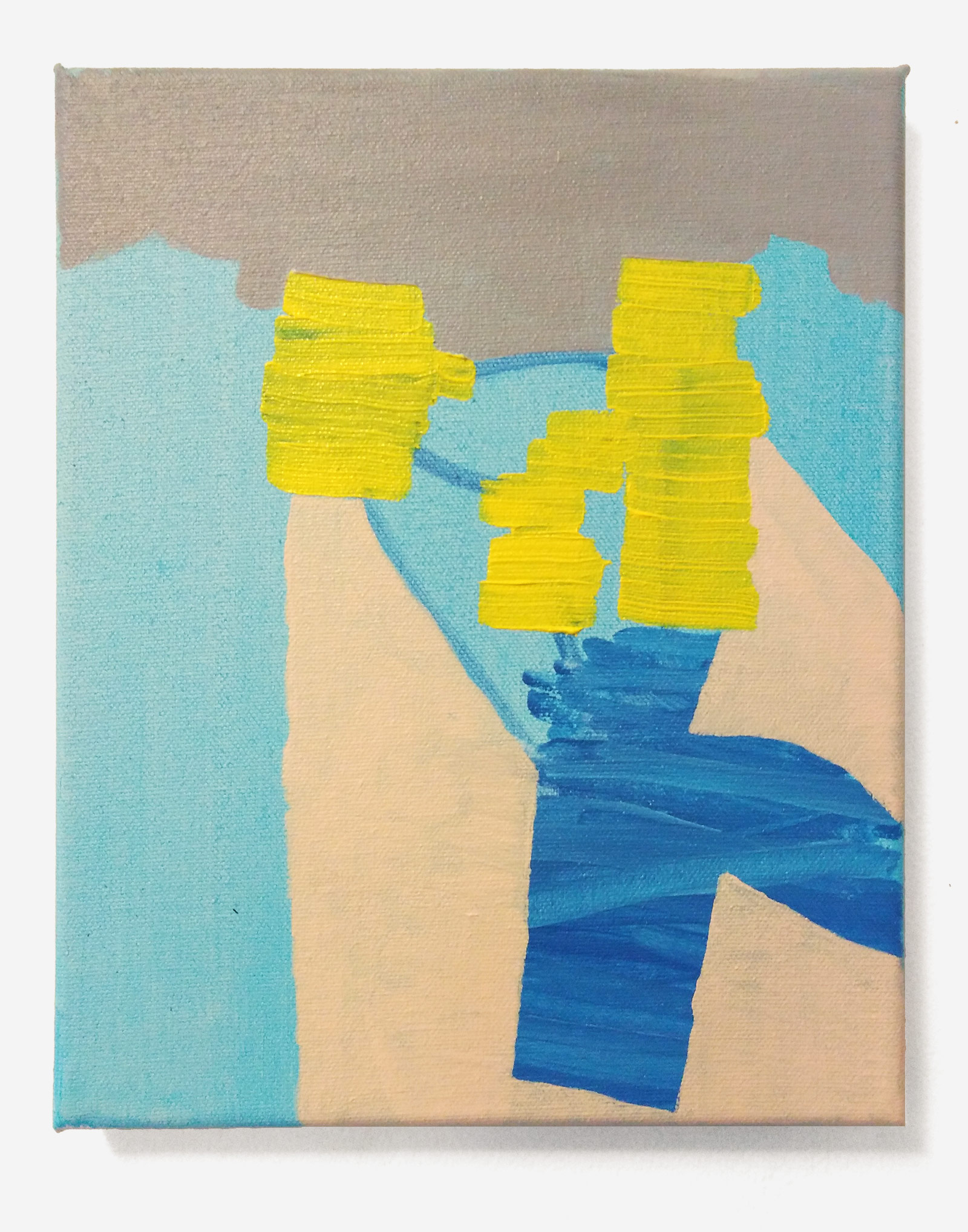
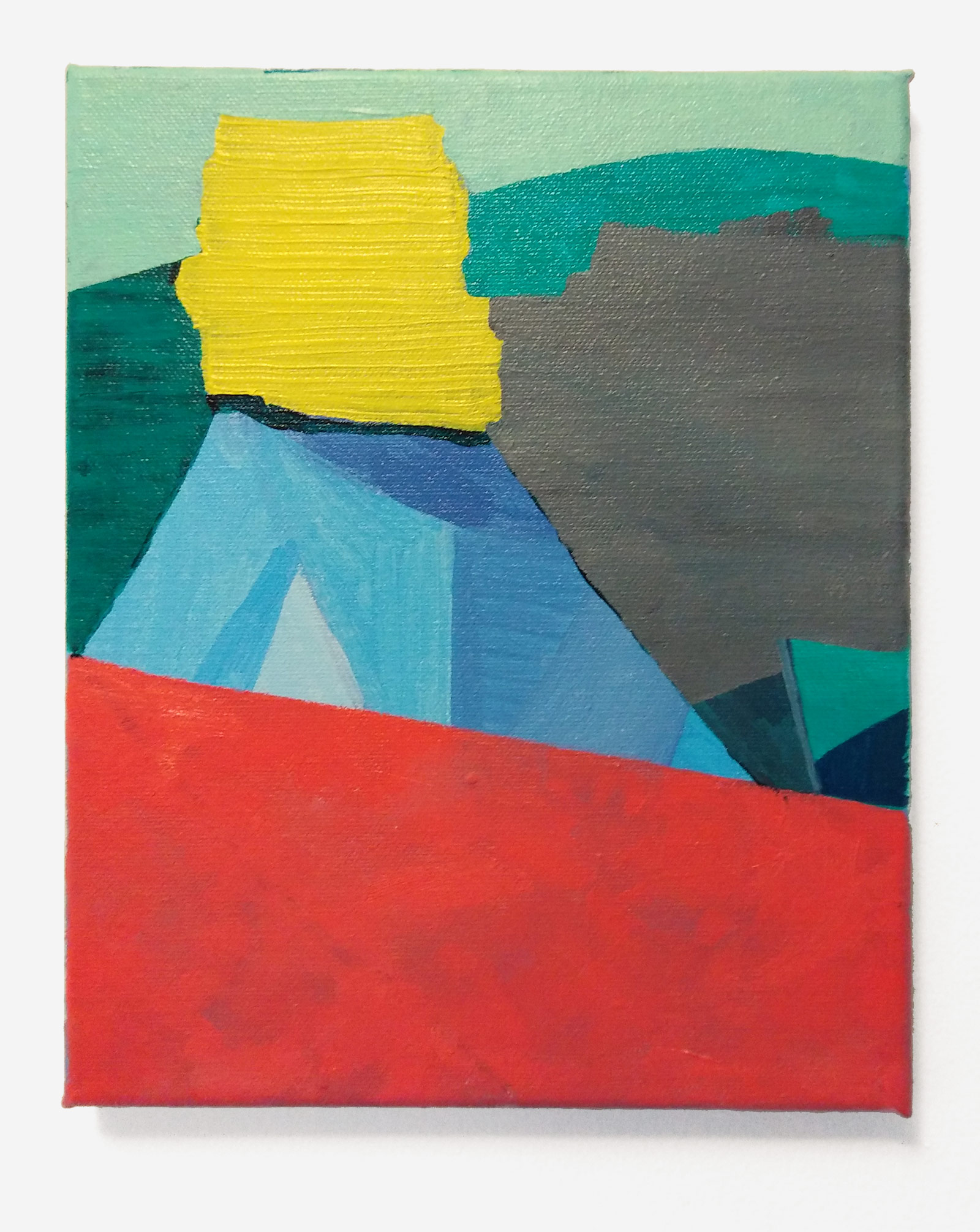

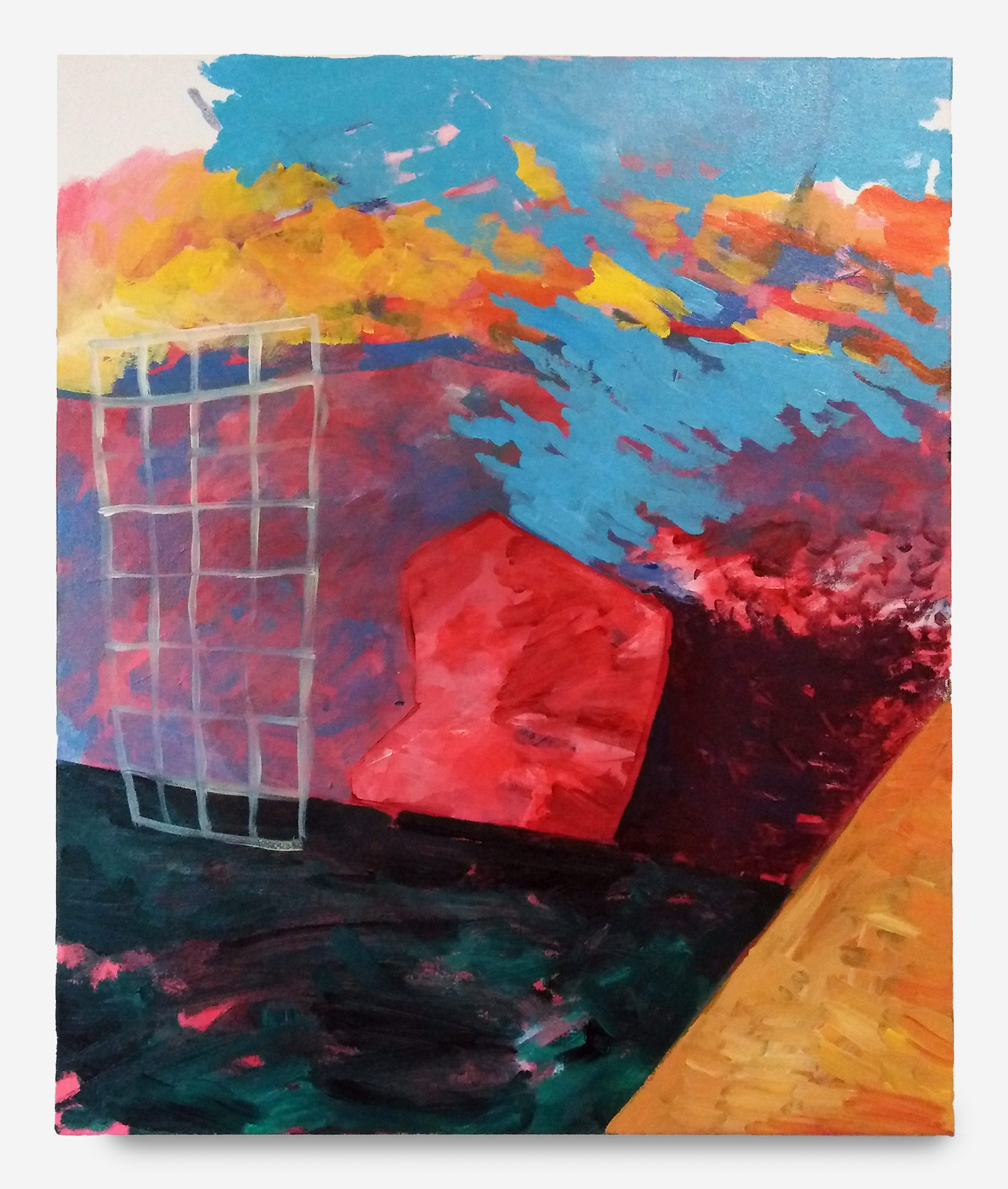
 Working this week I’ve been reminded of how different the process of making these new paintings is to the way I make my hard edge paintings.
Working this week I’ve been reminded of how different the process of making these new paintings is to the way I make my hard edge paintings.